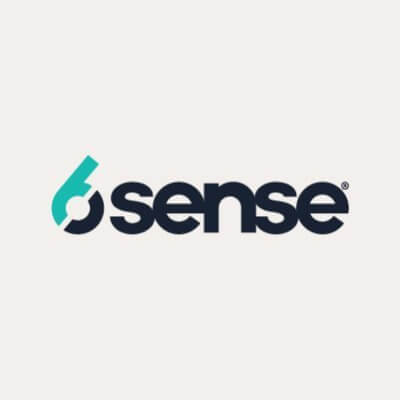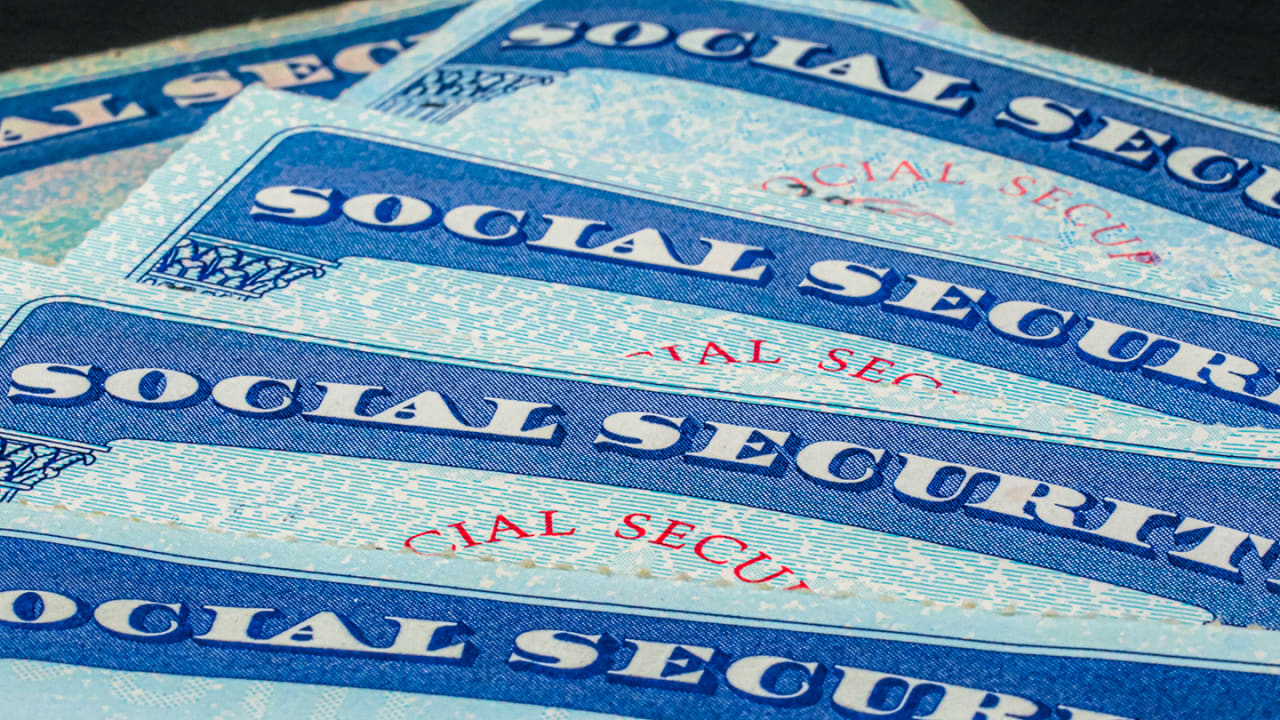Waymo is winning in San Francisco
The self-driving car service Waymo has been active in San Francisco for 20 months and has already captured 27% of the city’s rideshare market, according to new research compiled by Mary Meeker’s Bond venture capital firm. That rapid progress suggests the mainstreaming of self-driving car service could happen faster than once thought. “What we’ve done in San Francisco is prove to ourselves—and to the world—that not only does autonomy work, but it works at scale in a market and can be a viable commercial product,” Waymo Co-CEO Dmitri Dolgov told Fast Company in March. In my experience as a frequent Waymo user, the service can cost up to a third more than Uber, depending on demand. But in some ways it’s worth it. While Uber was originally meant to make ridesharing a friendlier and more social experience than taxi service, being alone can have its perks, too. A Waymo One ride can be a time of quiet contemplation, or even meditation, slotted in between meetings or other tasks. With Uber or a taxi service, you also get a different experience each time. The quality, condition, and odor of the vehicle varies from ride to ride, as does the driver’s level of sociability, attitude, behavior, and language. Waymo service, by contrast, is largely the same every time: same Jaguar SUV, same neutral smell, same mellow, ambient music (which you can shut off if you want to). Note that Waymo’s Jaguar I-PACE SUVs, after being decked out in computers and sensors, probably cost between $130,000 and $150,000, Motor Trend estimates. So Waymo could adopt less-expensive, and less-posh, vehicles as it scales to drive down costs. Riders may feel more in control in a self-driving car (sounds counterintuitive, I know). In an Uber, “my car, my rules” governs a number of aspects of the ride. I wouldn’t ask an Uber driver to change or turn off the music in his own car, for example. In a Waymo “you control the music and don’t feel judged by being on a call or whatever you do,” Das tells Fast Company. And while Waymo rides may take a little longer than Uber rides to get to their destination, there’s evidence that Waymo rides are safer than human-driven cars. Waymo researchers studied more than 56.7 million miles of driving and found that by removing the human driver Waymo achieves a 92% reduction in crashes involving injuries among pedestrians, an 82% reduction in crashes with cyclists, and an 82% reduction in crashes involving motorcyclists. Yes, San Francisco may be a special case. Waymo might have captured a quarter of the market because many people here are tech-savvy and tech-curious, and because many of them are affluent. And don’t get me wrong. I’ve had my share of problems with Waymo. On at least two occasions, in less-traveled parts of the city, a Waymo car has dropped me off several blocks from my destination. And, at least in San Francisco, you still can’t take a Waymo to the airport (the company started servicing its first airport, Phoenix Sky Harbor, in 2022). Still, the differences that matter between the self-driving and human-driven experiences are becoming clearer to more consumers. And some of the ones that really matter seem to favor Waymo. Waymo currently offers rides in the San Francisco Bay Area and down the peninsula and Silicon Valley. The state of California just gave it permission to offer rides in San Jose. The company, which spun off from parent Google 10 years ago, also operates in Los Angeles, Phoenix, and Austin. Across these markets, Waymo says its cars have covered more than 33 million miles. In Austin, Waymo operates through a partnership with Uber. Riders hail a self-driving car through the Uber app. Within its 37-square-mile service area in Austin, Waymo accounts for nearly 20% of Uber rides. Waymo was valued at $45 billion after its most recent funding round of $5.6 billion last October. The company reports its revenue under parent company Alphabet’s “Other Bets” category, which showed $450 million in revenue and an operating loss of $1.2 billion for the first quarter of 2025.

The self-driving car service Waymo has been active in San Francisco for 20 months and has already captured 27% of the city’s rideshare market, according to new research compiled by Mary Meeker’s Bond venture capital firm. That rapid progress suggests the mainstreaming of self-driving car service could happen faster than once thought.
“What we’ve done in San Francisco is prove to ourselves—and to the world—that not only does autonomy work, but it works at scale in a market and can be a viable commercial product,” Waymo Co-CEO Dmitri Dolgov told Fast Company in March.
In my experience as a frequent Waymo user, the service can cost up to a third more than Uber, depending on demand. But in some ways it’s worth it. While Uber was originally meant to make ridesharing a friendlier and more social experience than taxi service, being alone can have its perks, too. A Waymo One ride can be a time of quiet contemplation, or even meditation, slotted in between meetings or other tasks.
With Uber or a taxi service, you also get a different experience each time. The quality, condition, and odor of the vehicle varies from ride to ride, as does the driver’s level of sociability, attitude, behavior, and language. Waymo service, by contrast, is largely the same every time: same Jaguar SUV, same neutral smell, same mellow, ambient music (which you can shut off if you want to). Note that Waymo’s Jaguar I-PACE SUVs, after being decked out in computers and sensors, probably cost between $130,000 and $150,000, Motor Trend estimates. So Waymo could adopt less-expensive, and less-posh, vehicles as it scales to drive down costs.
Riders may feel more in control in a self-driving car (sounds counterintuitive, I know). In an Uber, “my car, my rules” governs a number of aspects of the ride. I wouldn’t ask an Uber driver to change or turn off the music in his own car, for example. In a Waymo “you control the music and don’t feel judged by being on a call or whatever you do,” Das tells Fast Company.
And while Waymo rides may take a little longer than Uber rides to get to their destination, there’s evidence that Waymo rides are safer than human-driven cars. Waymo researchers studied more than 56.7 million miles of driving and found that by removing the human driver Waymo achieves a 92% reduction in crashes involving injuries among pedestrians, an 82% reduction in crashes with cyclists, and an 82% reduction in crashes involving motorcyclists.
Yes, San Francisco may be a special case. Waymo might have captured a quarter of the market because many people here are tech-savvy and tech-curious, and because many of them are affluent.
And don’t get me wrong. I’ve had my share of problems with Waymo. On at least two occasions, in less-traveled parts of the city, a Waymo car has dropped me off several blocks from my destination. And, at least in San Francisco, you still can’t take a Waymo to the airport (the company started servicing its first airport, Phoenix Sky Harbor, in 2022).
Still, the differences that matter between the self-driving and human-driven experiences are becoming clearer to more consumers. And some of the ones that really matter seem to favor Waymo.
Waymo currently offers rides in the San Francisco Bay Area and down the peninsula and Silicon Valley. The state of California just gave it permission to offer rides in San Jose. The company, which spun off from parent Google 10 years ago, also operates in Los Angeles, Phoenix, and Austin. Across these markets, Waymo says its cars have covered more than 33 million miles.
In Austin, Waymo operates through a partnership with Uber. Riders hail a self-driving car through the Uber app. Within its 37-square-mile service area in Austin, Waymo accounts for nearly 20% of Uber rides. Waymo was valued at $45 billion after its most recent funding round of $5.6 billion last October. The company reports its revenue under parent company Alphabet’s “Other Bets” category, which showed $450 million in revenue and an operating loss of $1.2 billion for the first quarter of 2025.
















































































































































